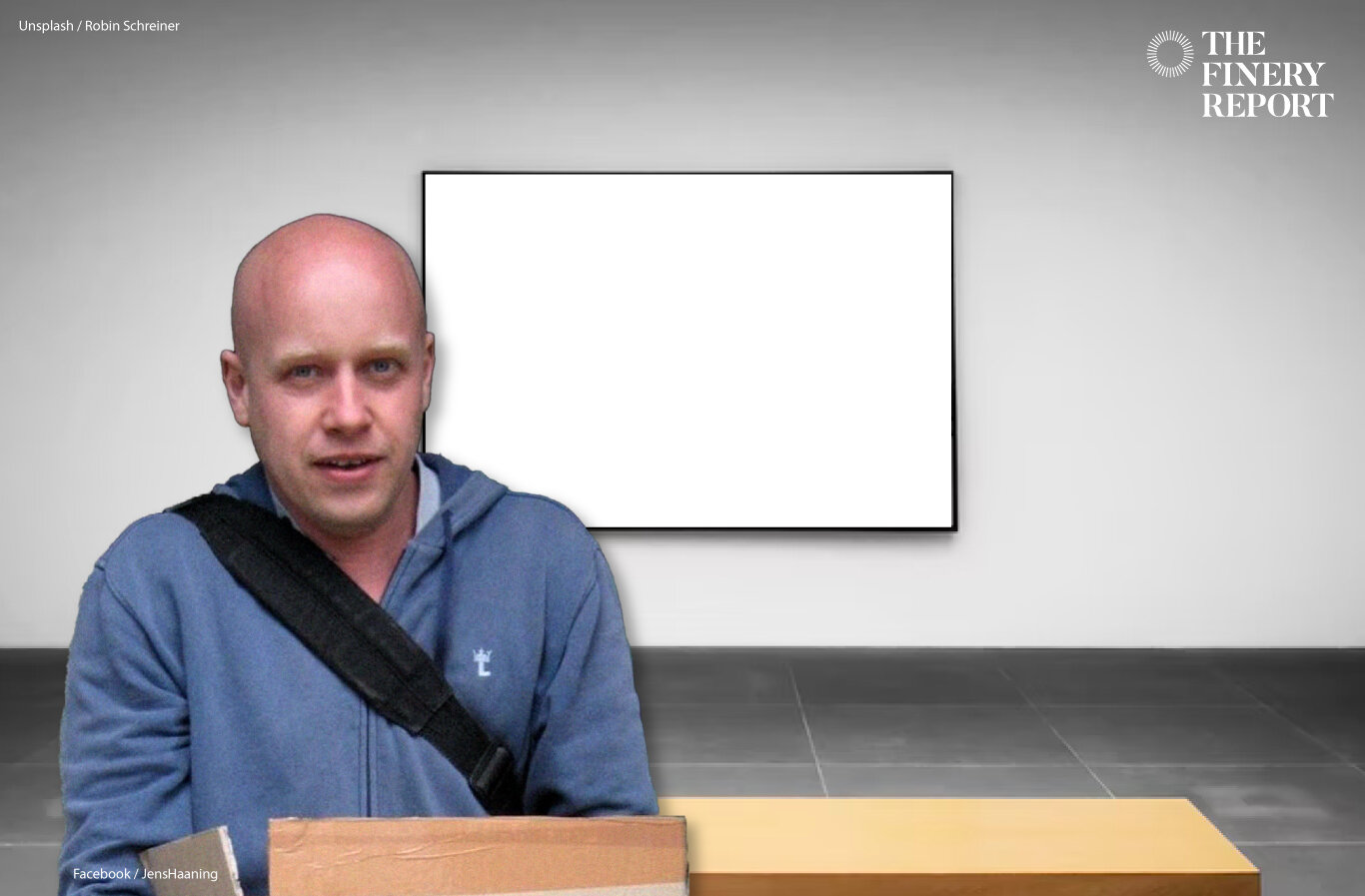Danish artist pockets $84,000 cash and ran, called it an artwork
Danish artist Jens Haaning was commissioned by a staff at Kunsten Museum of Modern Art in Aalborg to reproduce two of his older pieces that were made with cash. They lent him 534,000 kroner (roughly $84,000) to be featured in the art pieces. However, the gallery only received two empty frames.
Haaning is a 56-year-old conceptual artist whose work focuses on power and inequality. He gained popularity in the 1990s. The two artworks he was expected to reproduce are his 2007 work “An Average Danish Annual Income” which showcases krone notes fixed to canvas in a frame and his 2011 work about the income of an Austrian which was made using euro bills.
The pieces were meant to be part of a new exhibition at the Kunsten Museum about the labour market entitled “Work It Out” that will run until January next year.
“Two days before the exhibition opened, Haaning sent us an email saying he had sent us a new work,” Kunsten Museum Director Lasse Andersson told the Guardian.
However, after unpacking the newly delivered works, all they got was empty frames with the title “Take the Money and Run”. This is deemed as Haaning’s artistic commentary on modern capitalism.
The museum paid him 25,000 kroner (about $3,900) in addition to the money that would be displayed in the two pieces, Haaning told Danish radio P1 Morgen. But when he realised it would cost him 25,000 kroner alone to fund the project, he decided to change his plans.
“The work is that I have taken their money,” he said. “It’s not theft. It is a breach of contract, and breach of contract is part of the work.”
“I encourage other people who have working conditions as miserable as mine to do the same. If they’re sitting in some shitty job and not getting paid, and are actually being asked to pay money to go to work, then grab what you can and beat it,” he added.
The museum, however, said that the artist has violated their legal agreement and Haaning is required to return all the money by 16 January, otherwise the museum will consider legal action.
Despite the strange occurrence, the museum still displays Haaning’s artworks, saying that “there are lots of layers that we think are interesting”. The museum also insisted that the missing money was not a stunt to promote the exhibition.
“We are a platform for art, we do not create performative art. I’m just as puzzled as everyone else,” said Andersson.

